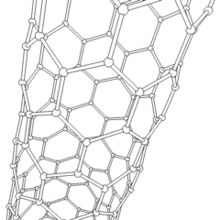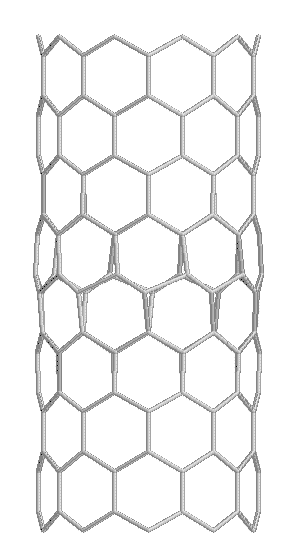Electrical resistance (Reverse- Reverse ) carbon nanotubes CNT and CNTs (based on a PhD in microelectronics, nano _) (_ PhD in Educational Research)
Researcher and author PhD student: Afshin Rashid
Note: CNTs and CNT carbon nanotubes are highly sensitive to oxygen in reverse . Adding a small amount of oxygen to these nanotubes can reverse their electrical resistance, so semiconductor nanotubes can become metal nanotubes due to the presence of oxygen.
Electronic guidance can affect some of the inherent properties of these nanotubes . Thermal operations on nanotubes reduce the number of structural defects in nanotubes, resulting from purification operations or catalyst particles. After heat treatment, the electronic spectrum of CNT single-walled carbon nanotubes has lost its sensitivity to electronic guidance, while it is sensitive to the electronic evolution of carbon nanoparticle particles in Reverse mode . Therefore, some intrinsic properties for pure or slightly heated nanotubes are affected by the reaction of electromagnetic particles and increased conductivity in Reverse mode.
Activation of the sidewalls of nanotubes leads to better connection of the components of the nanowires, as well as improves the sensitivity and electronic conductivity of CNT and CNTs carbon nanotubes. This charge transfer provides important information about the electronic response in Reverse mode. These nanoparticles will affect the electron transfer in nanotubes. It allows control of shape, dimensions, electronic resistance and penetration of electromagnetic nanoparticles in reverse mode on nanotubes . .
Conclusion:
CNTs and CNT carbon nanotubes are highly sensitive to oxygen in reverse or electronic mode . Adding a small amount of oxygen to these nanotubes can reverse their electrical resistance, so semiconductor nanotubes can become metal nanotubes due to the presence of oxygen.
Author: PhD Student ( Afshin Rashid)




